Titanium iPod Nano ‘Ultra’ Concept Is Basically An iPhone Without Any Of The Bad Parts
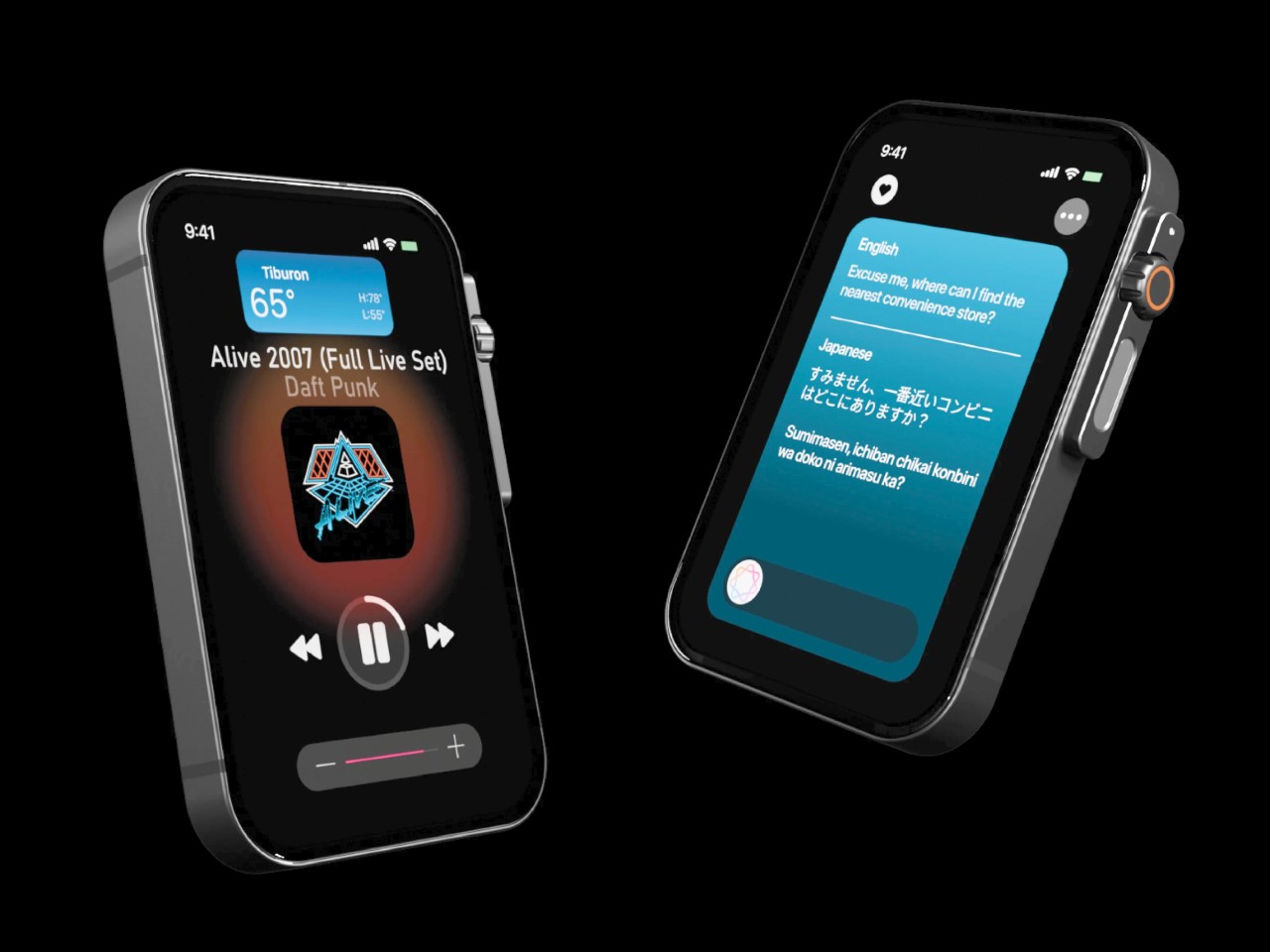

Apple killed the iPod in 2022, the same year they launched the Watch Ultra – a weird cosmic irony that closed one chapter while opening another. But what if these timelines crossed? A designer’s concept for the iPod Nano Ultra imagines this collision: titanium-wrapped music player meets rugged adventure device, all without the digital quicksand of modern smartphones.
The concept feels almost rebellious in 2023, when devices seem engineered primarily as attention-harvesting machines rather than tools that serve discrete purposes. This iPod Nano Ultra would measure just 7.8mm thick – credit card compact but packing up to 4TB of storage, essentially carrying a small data center in your pocket.
Designer: Alexios Kamaris
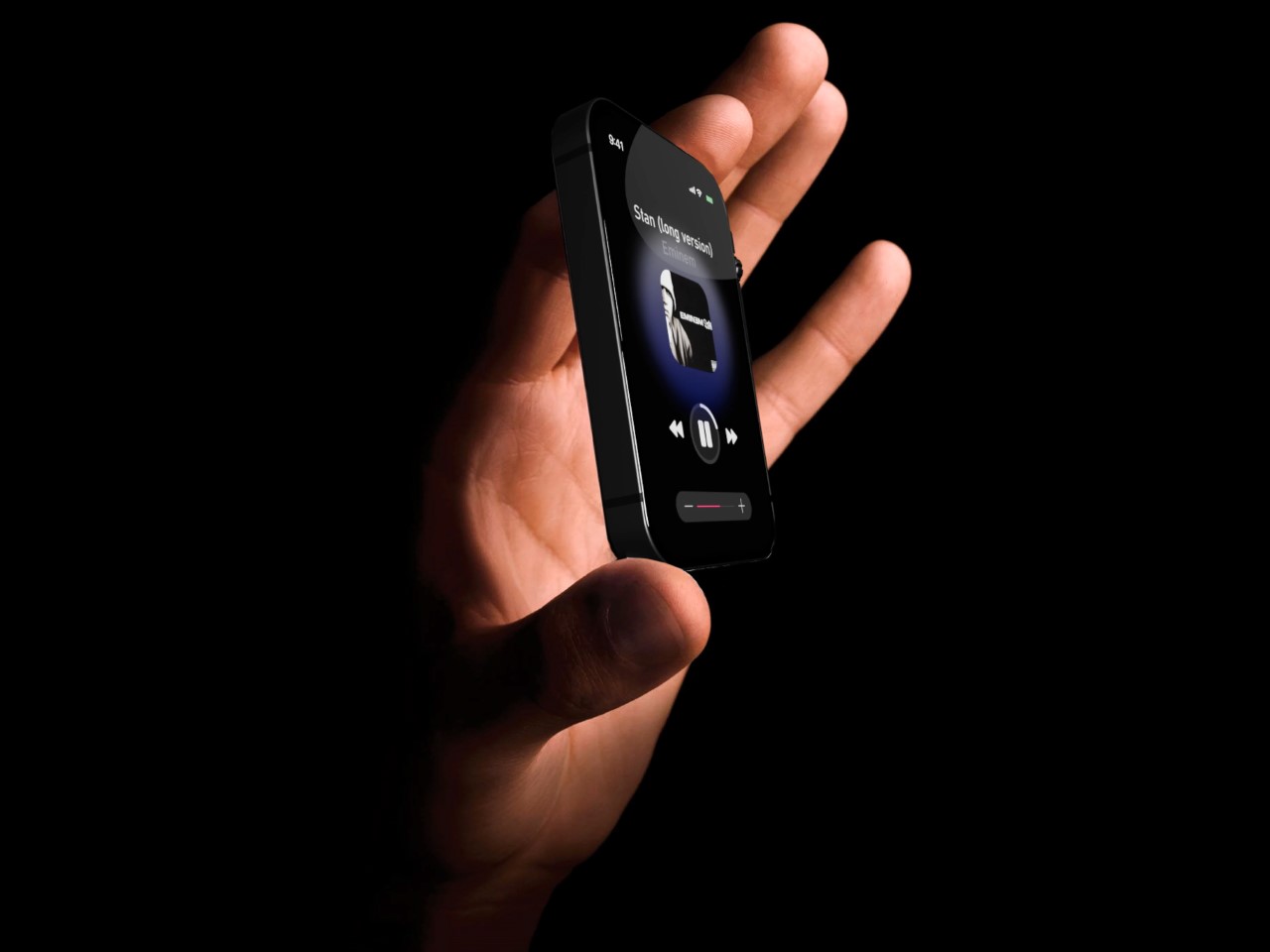

What’s so interesting about a potential iPod revival (with the Ultra tag and extra features), is the fact that it’s everything the iPhone wishes it could be. No Instagram, TikTok, X, or any other algorithmic rabbit holes designed to monetize your attention span. Just the core Apple features that uplift any device and provide ACTUAL use. Maps gives you offline navigation through all 63 US national parks with voice directions, but without constant pings from work emails or group chats. The Ultra Wideband chip lets you unlock doors by simply approaching them, while Apple Pay and Wallet keep your essentials digital without dragging along the entire attention economy. The integrated e-SIM provides connectivity when needed without transforming every quiet moment into an opportunity for notification bombardment. And yes, there’s Apple Intelligence too – something no iPod ever had or will ever have.
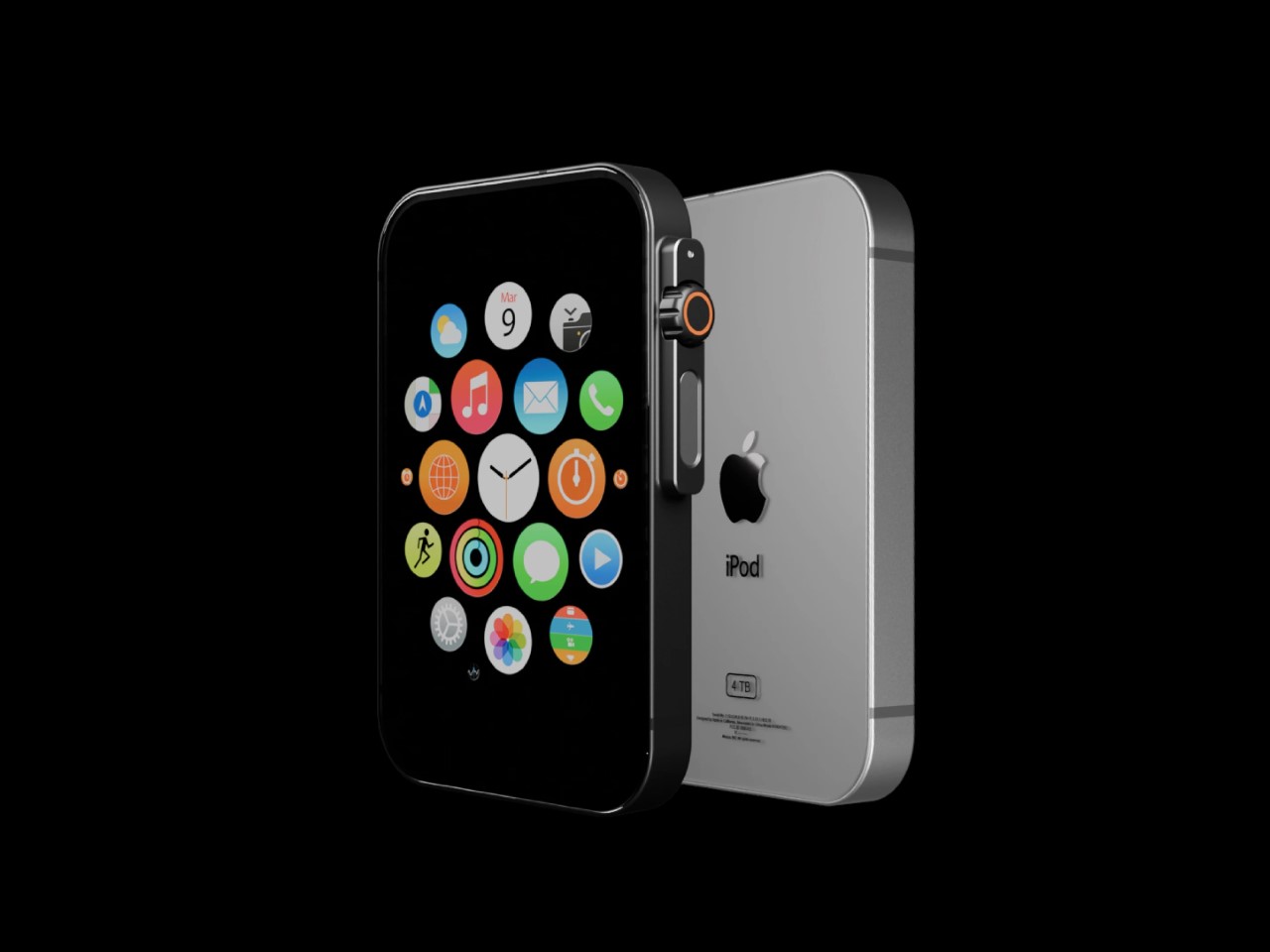

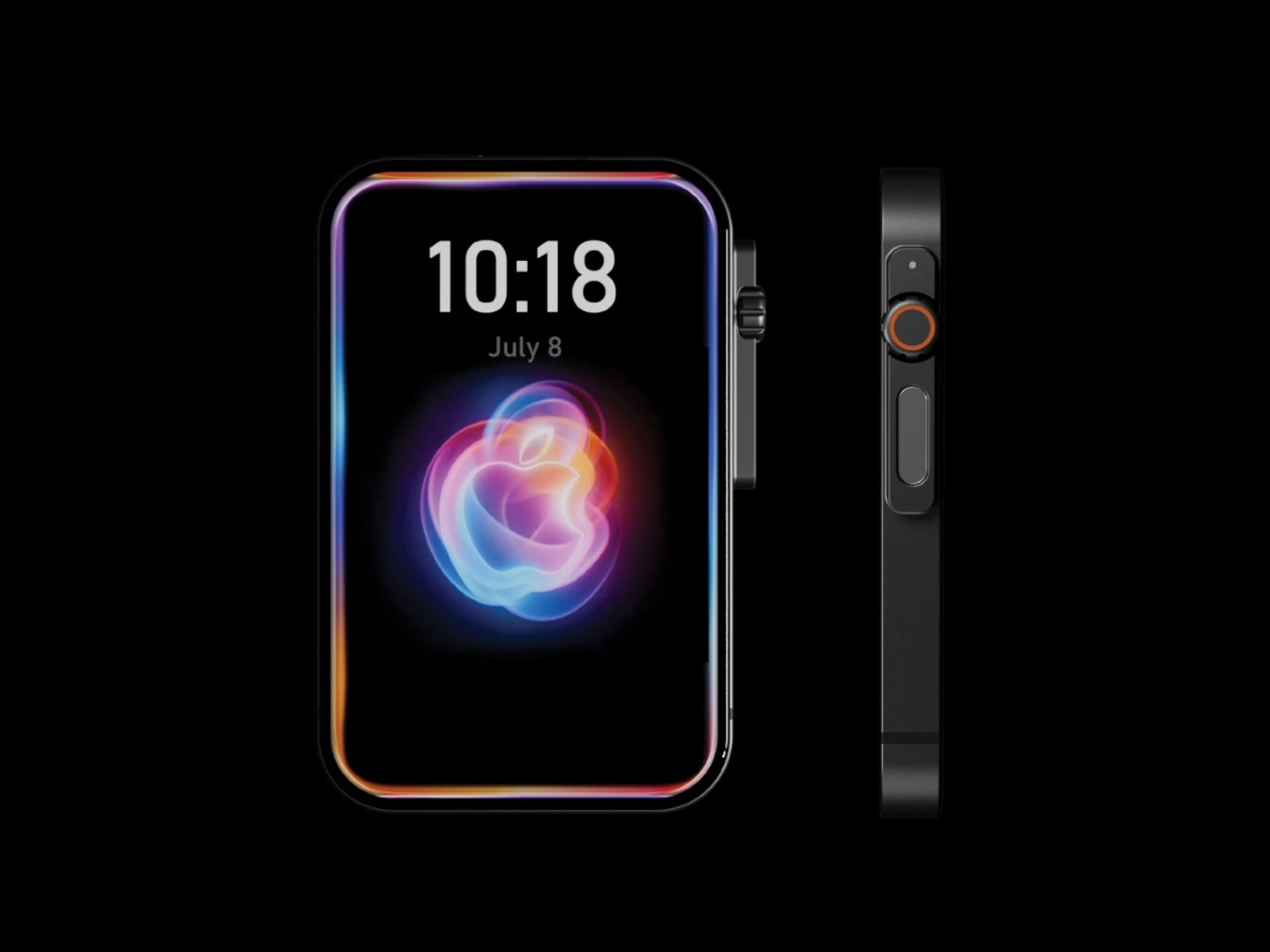

The hardware speaks a language of considered minimalism. Gone is the iconic click wheel, replaced by the Watch Ultra’s Digital Crown and Force Touch controls that offer tactile feedback without sacrificing screen real estate. That screen pushes 2500 nits of brightness – brighter than most laptops and phones, ensuring visibility whether you’re summiting a mountain or just checking playlists on a sunny park bench. Thunderbolt 5 connectivity means lightning-fast transfers, while the titanium chassis provides 10-meter water resistance for those inevitable encounters with puddles, sinks, and surprise rainstorms. The 12MP f/1.8 camera won’t replace your iPhone’s computational photography suite, but it delivers Smart HDR and stabilization in a package you can forget is in your pocket.
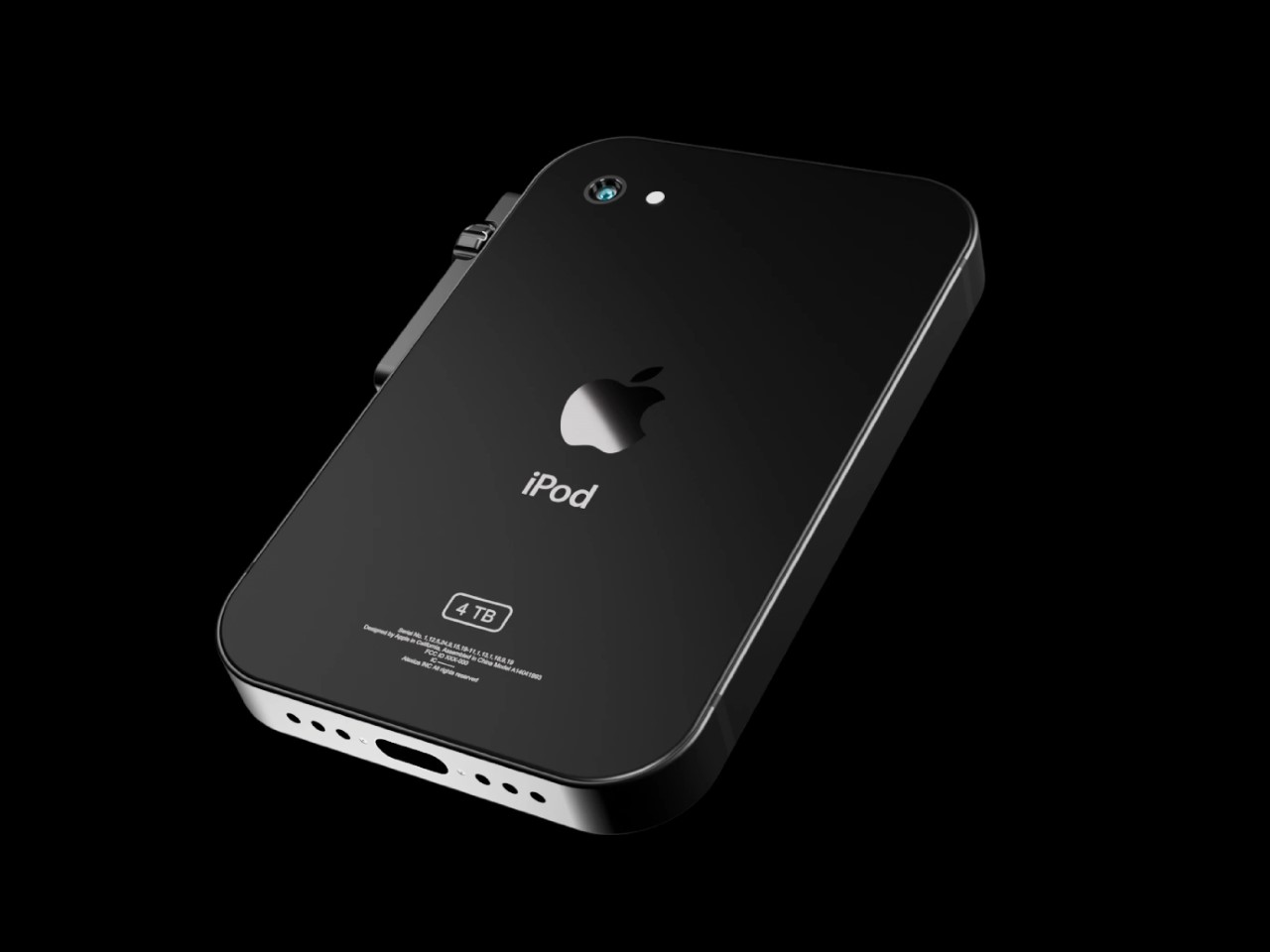

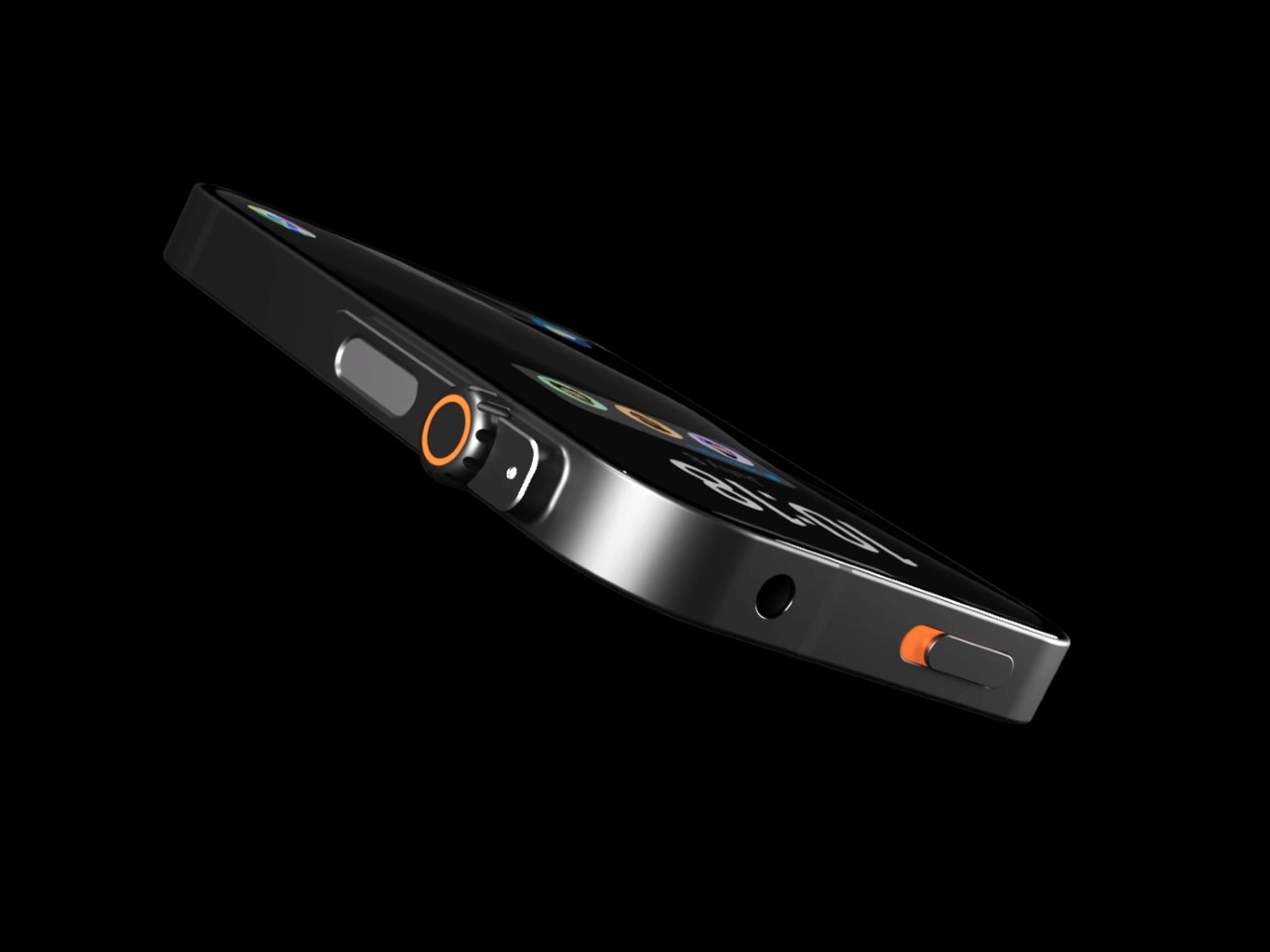

The concept cleverly repurposes Apple’s strengths while sidestepping its weaknesses. “Smart Collection” widgets appear contextually based on location and activity, weather alerts before rain, translation help when traveling abroad, and boarding passes at airports, without requiring constant management or becoming digital fidget toys. Voice-to-text and text-to-voice features, alongside a walkie-talkie function, offer communication without the infinite scroll.
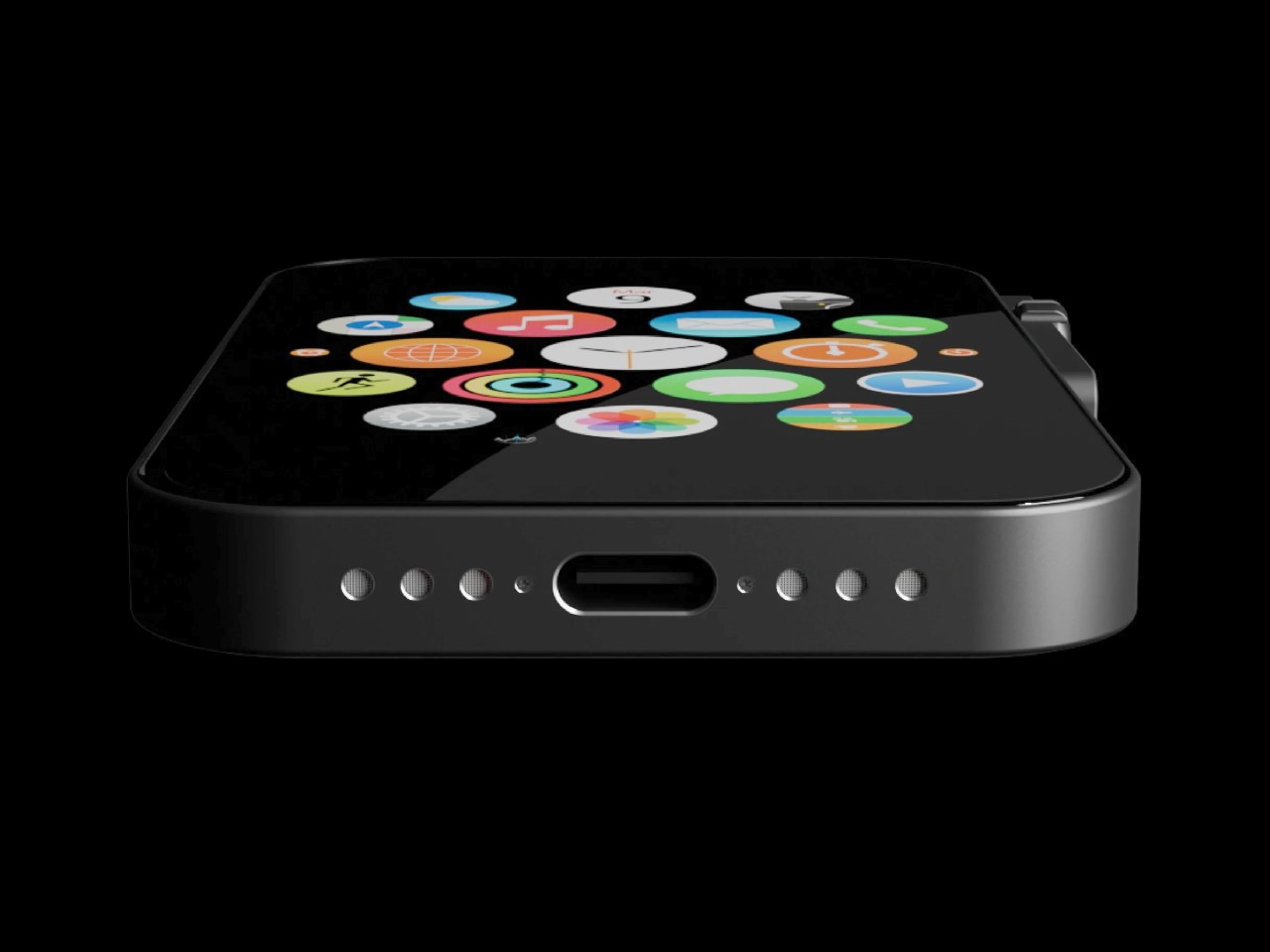

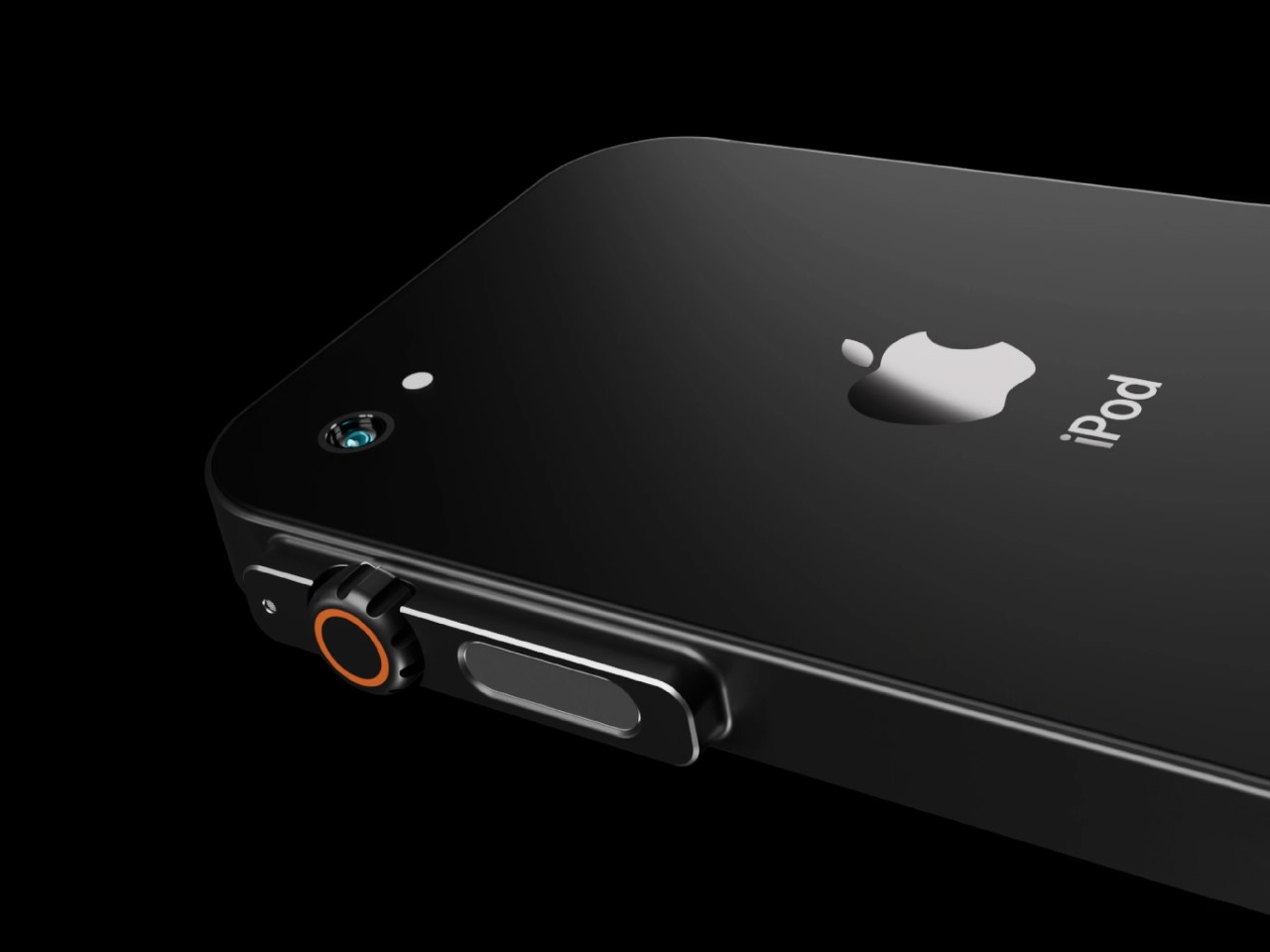

Battery life stretches to 14 hours in Power Save Mode, because a device meant to accompany adventures shouldn’t require midday charging rituals. The AVX cable promises audiophile-grade sound, acknowledging that music deserves better than compressed streams through cheap earbuds. However, Bluetooth 5.4 (and probably some level of WiFi connectivity) means you can still use AirPods with the iPod, tapping into Spatial Audio – something you probably wouldn’t be able to do with wired earphones.


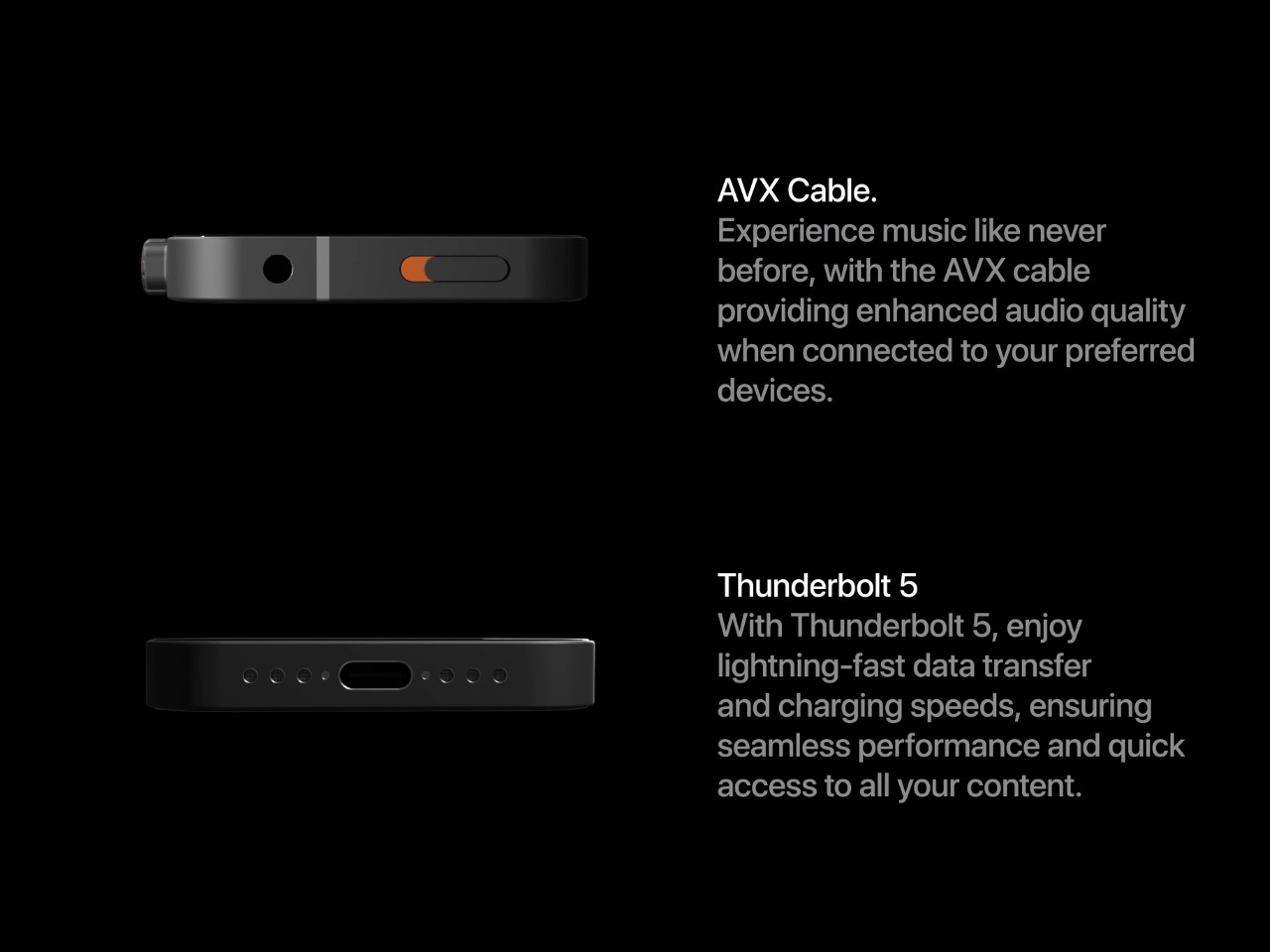

This iPod Nano Ultra represents the road not taken in consumer tech – a path where devices enhance specific experiences rather than demanding total attention. Its 4TB storage capacity would hold your entire music library in lossless quality, every photo worth keeping, and still have room for files that would otherwise clutter cloud services. The design challenges our acceptance of the smartphone monoculture, asking whether we might be better served by purpose-built tools that excel at fewer tasks rather than mediocre companions that do everything while owning our attention.
Sarang Sheth
If you liked the article, do not forget to share it with your friends. Follow us on Google News too, click on the star and choose us from your favorites.
If you want to read more like this article, you can visit our Technology category.